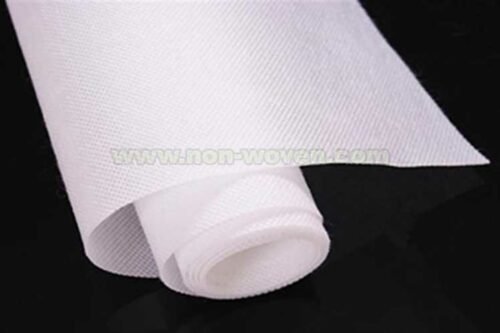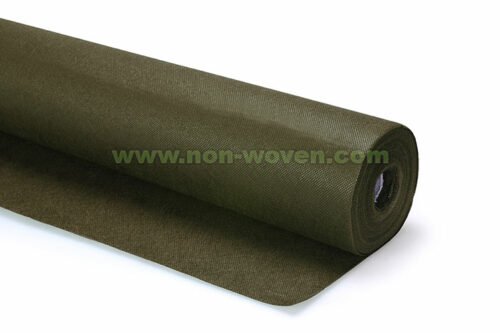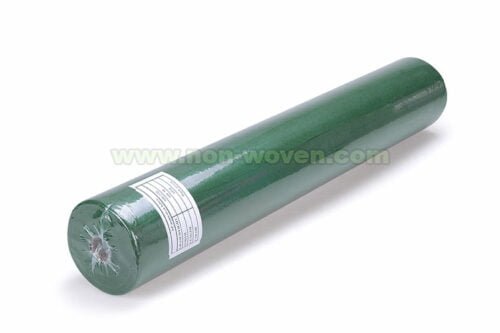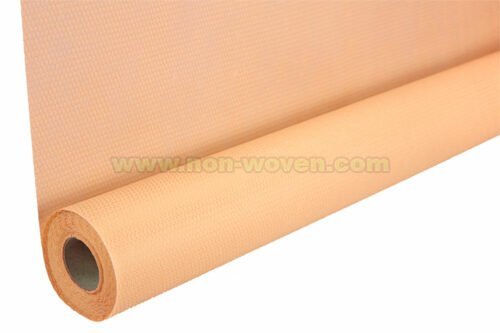We provide you with SS, SSS, SMS, SMMS, and other medical nonwovens fabrics to meet any needs. The raw material we use is high MFI polypropylene, which has the characteristics of high permeability, high tensile strength, high hydrostatic pressure, high filtration, soft handle, antiparticle, anti-alcohol, anti-bacterial, anti-virus and so on. It enables us to make nonwovens that are particularly suitable for medical products.
| Color | Customized |
|---|---|
| Feature | Anti-Bacterial, Anti-Static, Eco-friendly, Hydrophilicity |
| Gsm | Customized |
| Material | POLYPROPYLENE |
| MOQ | 1000kgs |
| Technics | Melt-Blown, Spun-bonded |
| Usage | Disinfectant wipes and cleaning cloths, Face Mask, Medical masks and respirators, Sanitary napkins and diapers, Surgical gowns and drape, Wound dressings |
Medical Nonwoven fabric refers to a type of material that is used in the healthcare industry for various applications such as wound dressing, protective apparel, surgical gowns, drapes, and masks. These fabrics are typically made from synthetic fibers or a combination of natural and synthetic fibers, and are engineered to meet specific requirements such as fluid resistance, breathability, and barrier properties.
There are several categories of medical nonwoven fabrics based on their intended use and performance characteristics:
a. Superior Barrier Protection: Medical nonwoven provides an effective barrier against microorganisms, fluids, and particles. Its inherent properties prevent the transmission of pathogens, reducing the risk of cross-contamination and infections in healthcare environments.
b. Soft and Comfortable: The fabric is designed to be gentle on the skin, offering exceptional comfort for patients, healthcare workers, and individuals using medical nonwoven products. Its soft texture minimizes irritation and promotes better patient experience and compliance.
c. Breathability and Moisture Control: Medical nonwoven allows for adequate airflow and moisture management, preventing heat build-up and maintaining a dry environment. This feature is particularly important in wound care, surgical drapes, and other applications where breathability is essential for patient comfort and healing.
d. Absorbency and Fluid Management: Many medical nonwoven products are designed to efficiently absorb and manage fluids. This feature is vital in wound dressings, disposable diapers, surgical gowns, and other applications where fluid absorption and containment are critical.
e. Sterility and Hygiene: Medical nonwoven can be manufactured to meet stringent sterility requirements, making it suitable for use in
f. Cost-Effective Solution: Medical nonwoven offers a cost-effective alternative to traditional woven fabrics. Its efficient manufacturing process, lightweight nature, and disposable attributes contribute to reducing overall costs for healthcare facilities and improving operational efficiency.
Medical nonwoven finds extensive use in various healthcare applications, including:
Medical nonwoven is a specialized fabric engineered for medical and healthcare applications. It is manufactured using advanced techniques that create a web-like structure, resulting in a non-woven fabric with unique properties and characteristics. Medical nonwoven is highly versatile, lightweight, and offers excellent barrier properties, making it an ideal choice for a wide range of medical and hygiene products.





We will contact you within 1 working day, please pay attention to the email with the suffix “@non-woven.com”.